Toyota Resurrects C-HR as Electric Compact SUV

- Competes with: Hyundai Kona EV, Kia Niro EV, Volkswagen ID.4
- Looks like: The C-HR was never discontinued (and elsewhere in the world, it wasn’t)
- Powertrain: 338-horsepower dual electric motors; 74.7-kilowatt-hour battery; all-wheel drive
- Release date: Sometime in 2026
Toyota’s subcompact C-HR SUV disappeared from the U.S. market after the 2022 model year, but the model is picking up right where it left off for 2026 — at least stylistically. The proportions and attitude-drenched body work make the little Toyota immediately recognizable, but everything under the skin is a revolution.
Related: No More 4 (or X): 2026 Toyota bZ Gets Over 50% More Power, Up to 314 Miles of Range
The 2026 C-HR is more than 5 inches longer, nearly 3 inches wider and over 2 inches taller than its predecessor. Its wheelbase has grown nearly 4.5 inches, too, which will likely mean a windfall for backseat passengers. Despite the fashionably angled roofline, the new vehicle also boasts up to 25.4 cubic feet of cargo room behind the rear seats, according to Toyota’s measurements.
Powertrain Specs and Range
Whereas the old C-HR was powered by a wheezy four-banger with just 144 horsepower, the new 2026 model is only available as an electric vehicle in a single configuration. Front and rear electric motors provide all-wheel drive and endow the tidy SUV with a total of 338 hp. That’s the same output as the recently announced 2026 Toyota bZ (nee bZ4X) in its AWD form, but in the C-HR, there is no option for front-wheel drive. The automaker says the littler EV will accelerate from 0-60 mph in about five seconds — less than half the time its sluggish forebear needed — but that seems extremely conservative. The claim for the larger and likely heavier bZ with this same powertrain is 4.9 seconds.
There’s also no smaller battery available in the new C-HR. It is fitted exclusively with the bZ’s larger optional pack, which can store 74.7 kilowatt-hours of juice. Toyota claims it will have a range of “up to 290 miles,” or 2 miles farther than the AWD bZ. Like its larger sibling, the C-HR will have a North American Charging Standard port, allowing it to refresh its battery at Tesla’s vast nationwide DC fast-charging network. On an appropriate DC plug, Toyota says the C-HR will be able to replenish its battery from 10% to 80% in about 30 minutes. Again, like in the bZ, steering-wheel-mounted paddles to adjust regenerative braking through four levels of aggressiveness will be standard, as will battery preconditioning that adjusts the battery to the proper temperature before arriving at a DC fast charger to ensure the quickest possible stop.

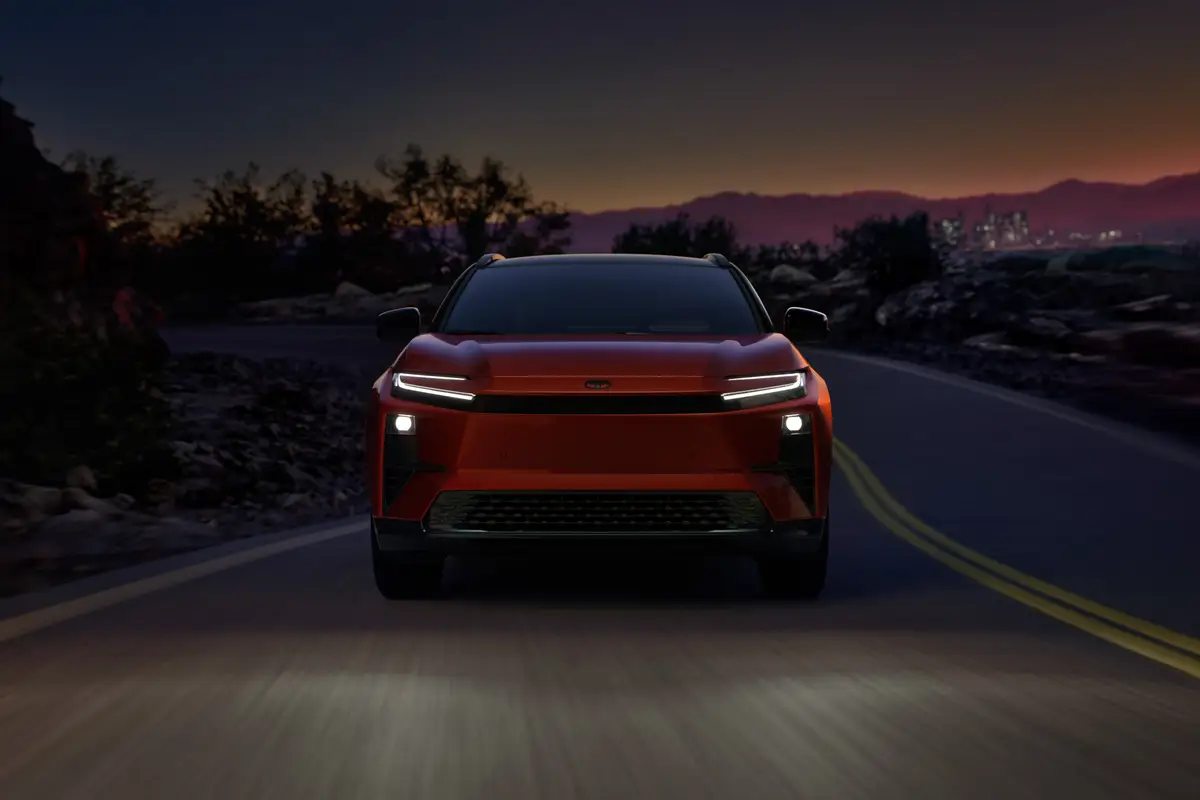
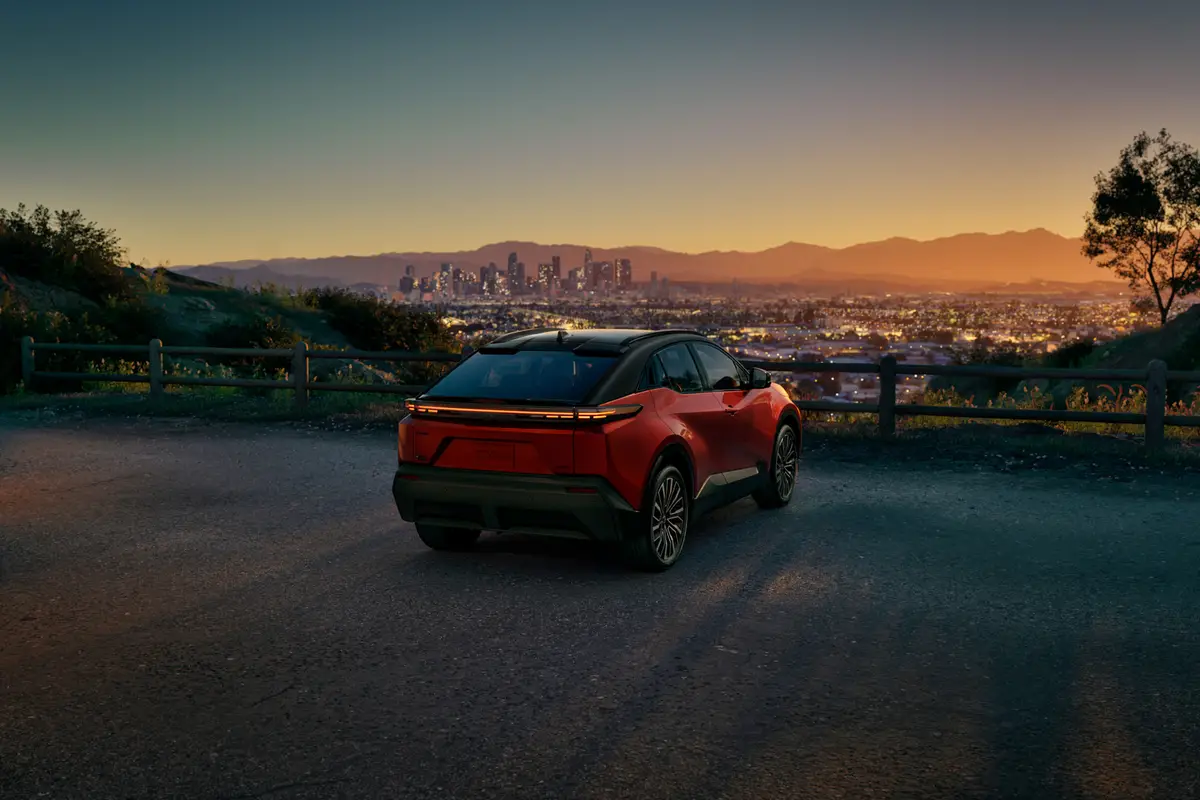
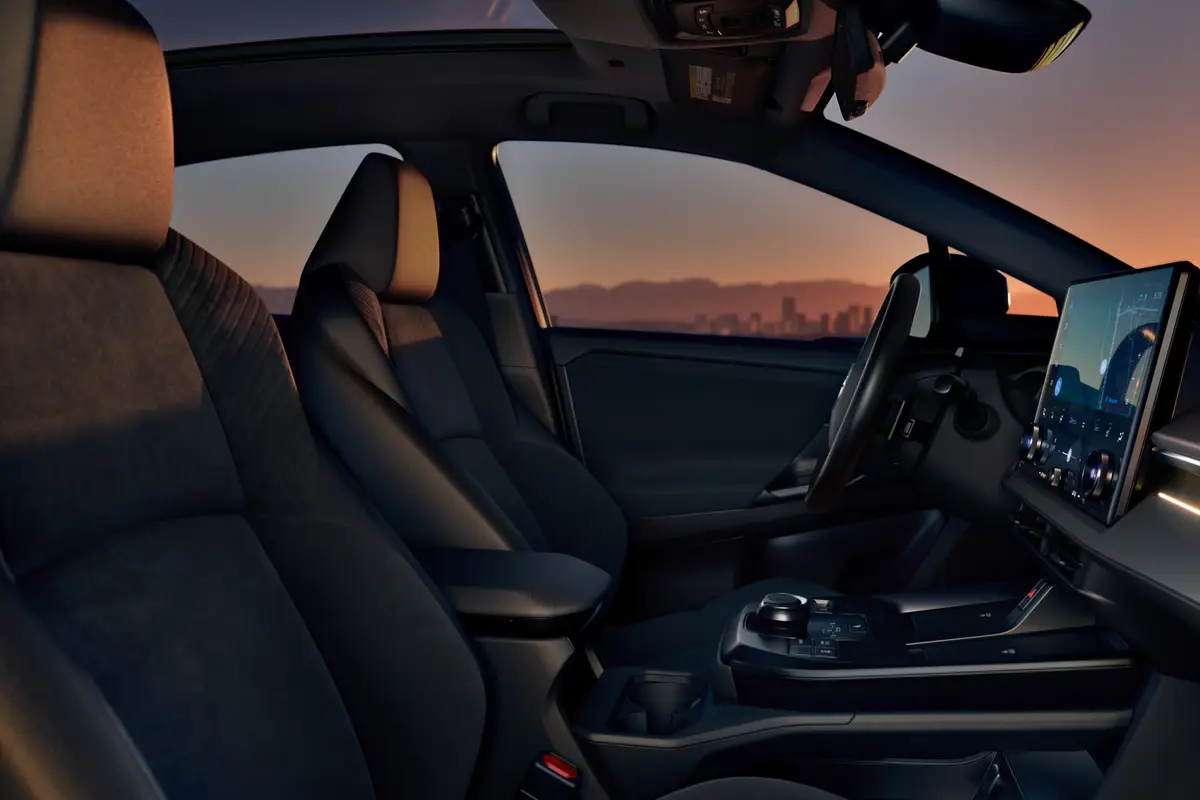
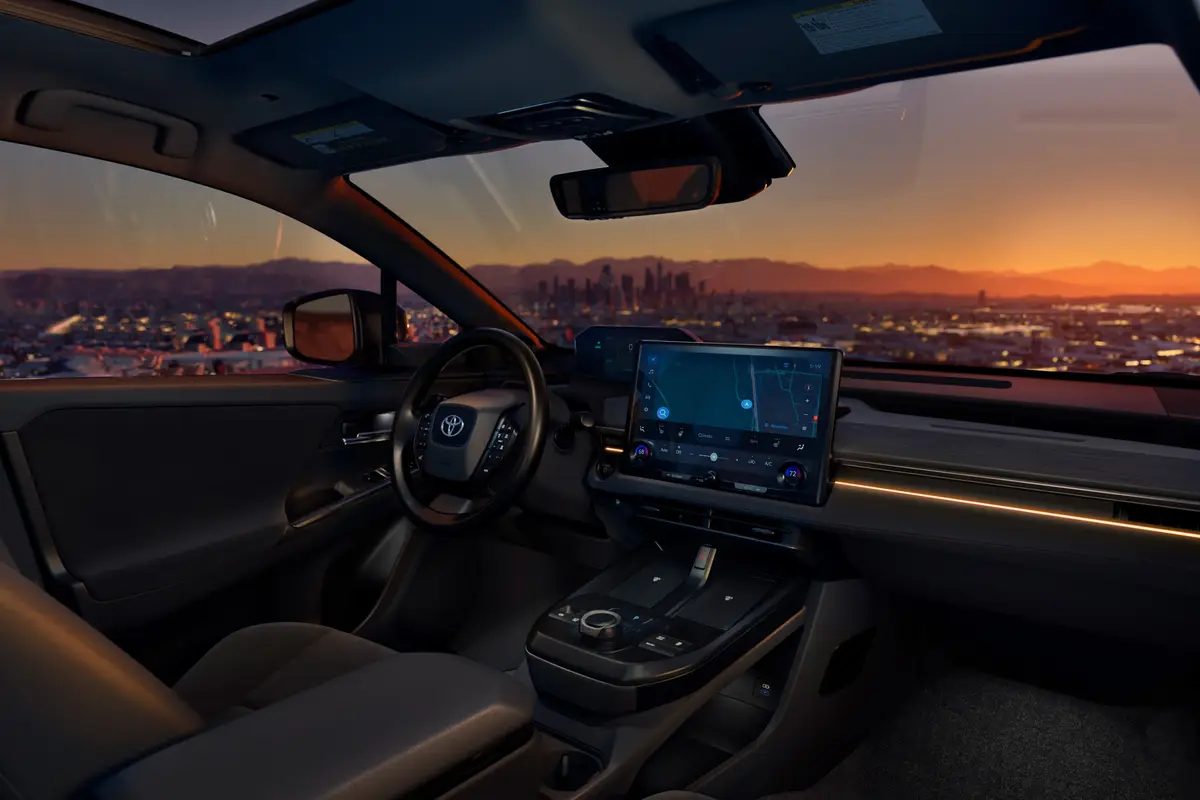

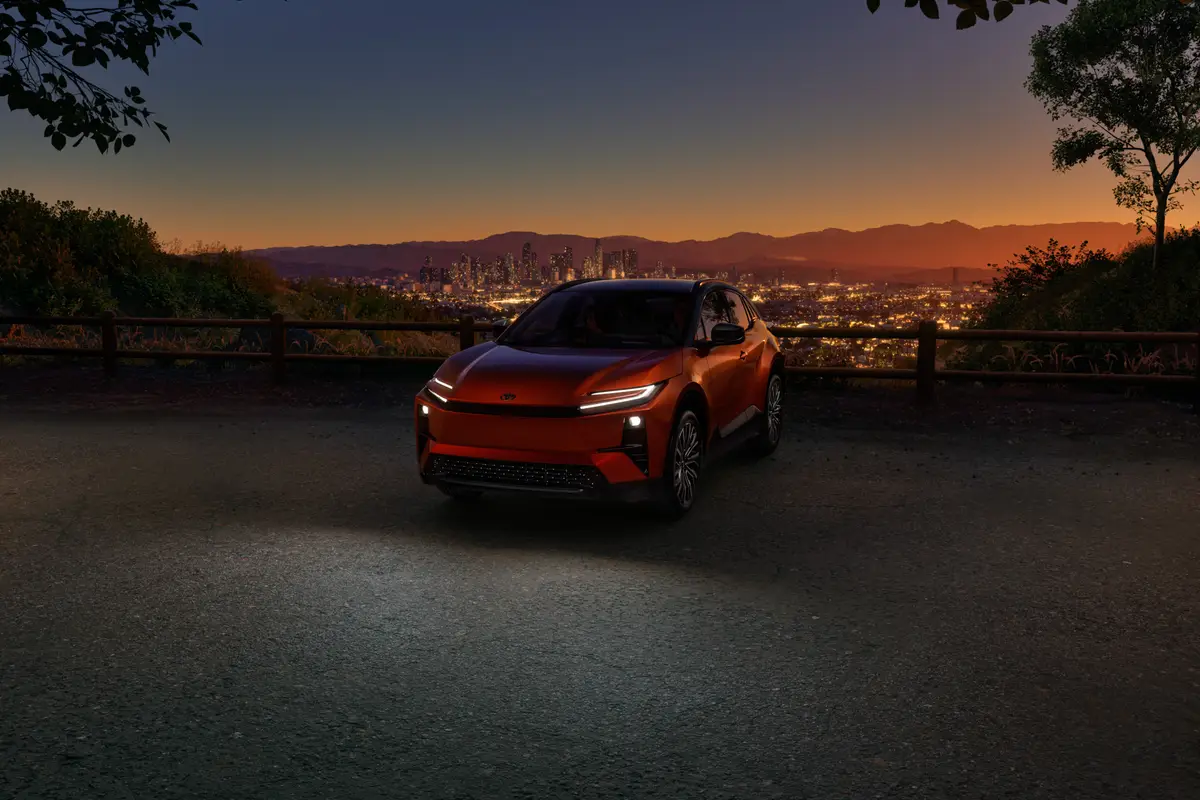







What Are the 2026 C-HR’s Trim Levels?
If the 338-hp AWD C-HR is sounding a bit like a performance model, it seems even more likely to be positioned that way based on the trim levels that Toyota will offer. The 2026 C-HR will only be available in SE and XSE specs, which the brand typically reserves for its sportier models.
The SE will ride on 18-inch wheels and feature a power liftgate, rain-sensing windshield wipers, heated front seats and a heated steering wheel. Its seats will be upholstered in cloth with synthetic leather trim, and a 14-inch touchscreen with integrated climate control knobs, two wireless charging pads and six speakers will also be standard.
Toyota Safety Sense 3.0 will be standard on every 2026 C-HR. The suite of advanced safety tech includes forward collision warning with pedestrian and bicyclist detection, automatic emergency braking, adaptive cruise control, lane-centering steering, road-sign recognition and automatic high beams. Blind spot monitors, rear cross-traffic alert, and front and rear parking sensors with automatic braking are also standard.
The XSE will upgrade to 20-inch wheels and feature memory settings for the driver’s seat and fake leather seating surfaces with synthetic suede trim. It will be available in a number of two-tone exterior color schemes, all of which will feature a black roof. The XSE also features traffic-jam assist, lane-change assist and a 360-degree parking camera. A nine-speaker JBL sound system and a panoramic moonroof will be available.
More From Cars.com:
- 2023 Toyota bZ4X DC Fast-Charging Test: Don’t Rely On It
- 2023 Toyota bZ4X Review: Normal Toyota, Natural Step Into EVs
- Toyota Joins Ionna Charging Network Joint Venture
- What to Know Before Purchasing an Electric Vehicle: A Buying Guide
- Find Your Next Car
What Is the 2026 C-HR’s Release Date and Pricing?
The 2026 Toyota C-HR will arrive at dealerships sometime in 2026. Toyota isn’t talking pricing just yet, but the AWD 2025 bZ4X currently starts around $41,000. Considering that the C-HR will have the equivalent 2026 model’s powertrain and much of the same cabin and safety tech, it’s hard to imagine the smaller EV starting any lower than the mid-$30,000s.
Related Video:
Cars.com’s Editorial department is your source for automotive news and reviews. In line with Cars.com’s long-standing ethics policy, editors and reviewers don’t accept gifts or free trips from automakers. The Editorial department is independent of Cars.com’s advertising, sales and sponsored content departments.
Featured stories
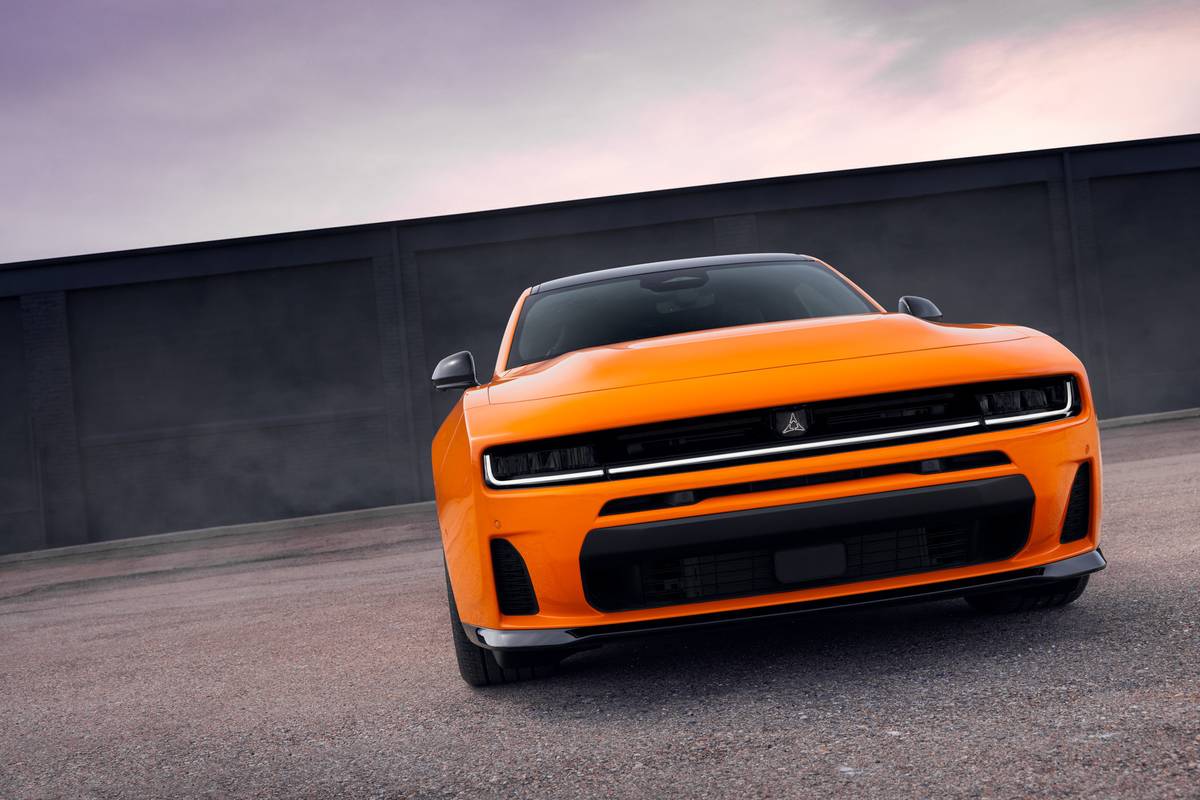
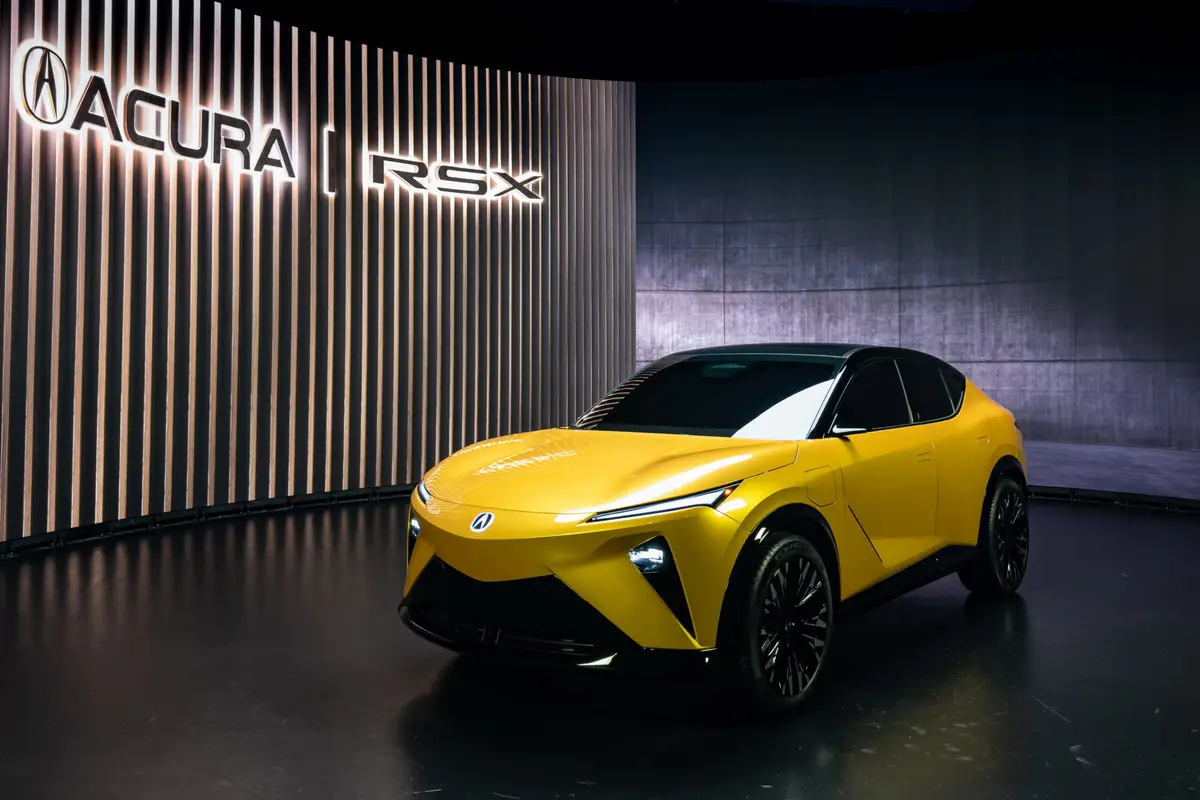
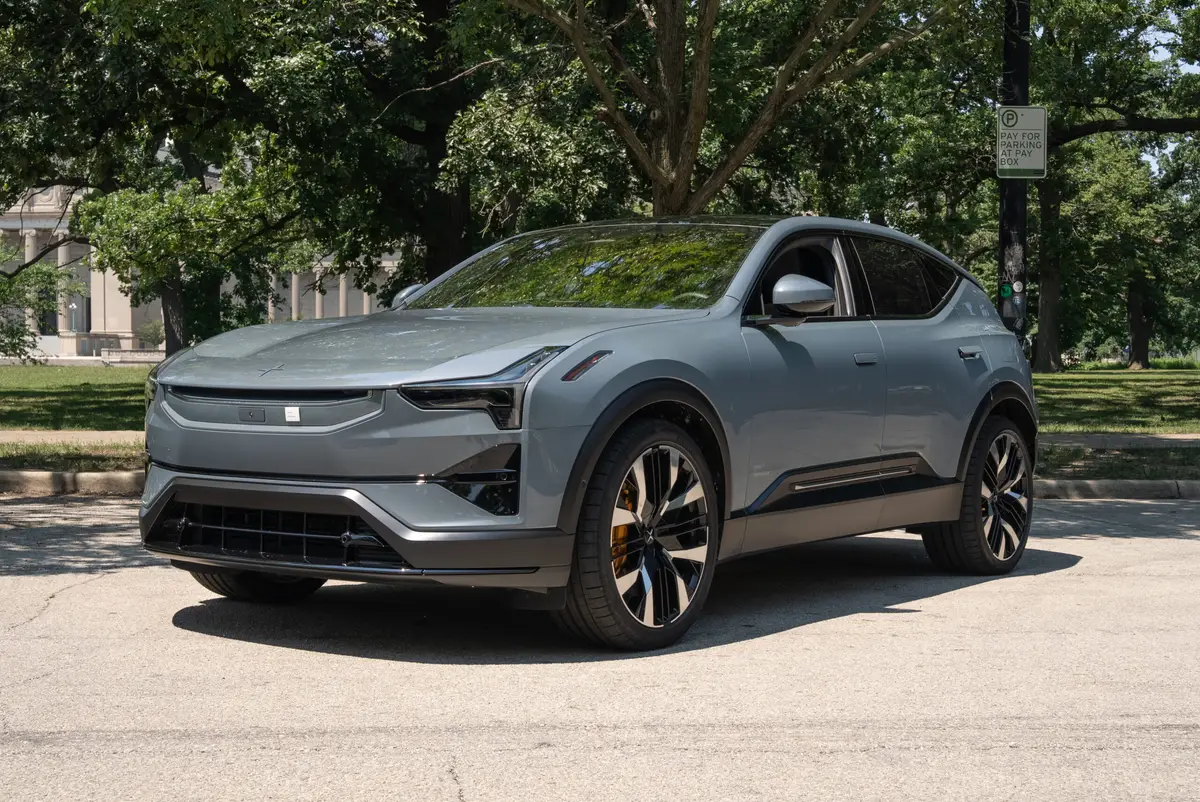
2025 Polestar 3 Review: Understated Electrified Luxury








